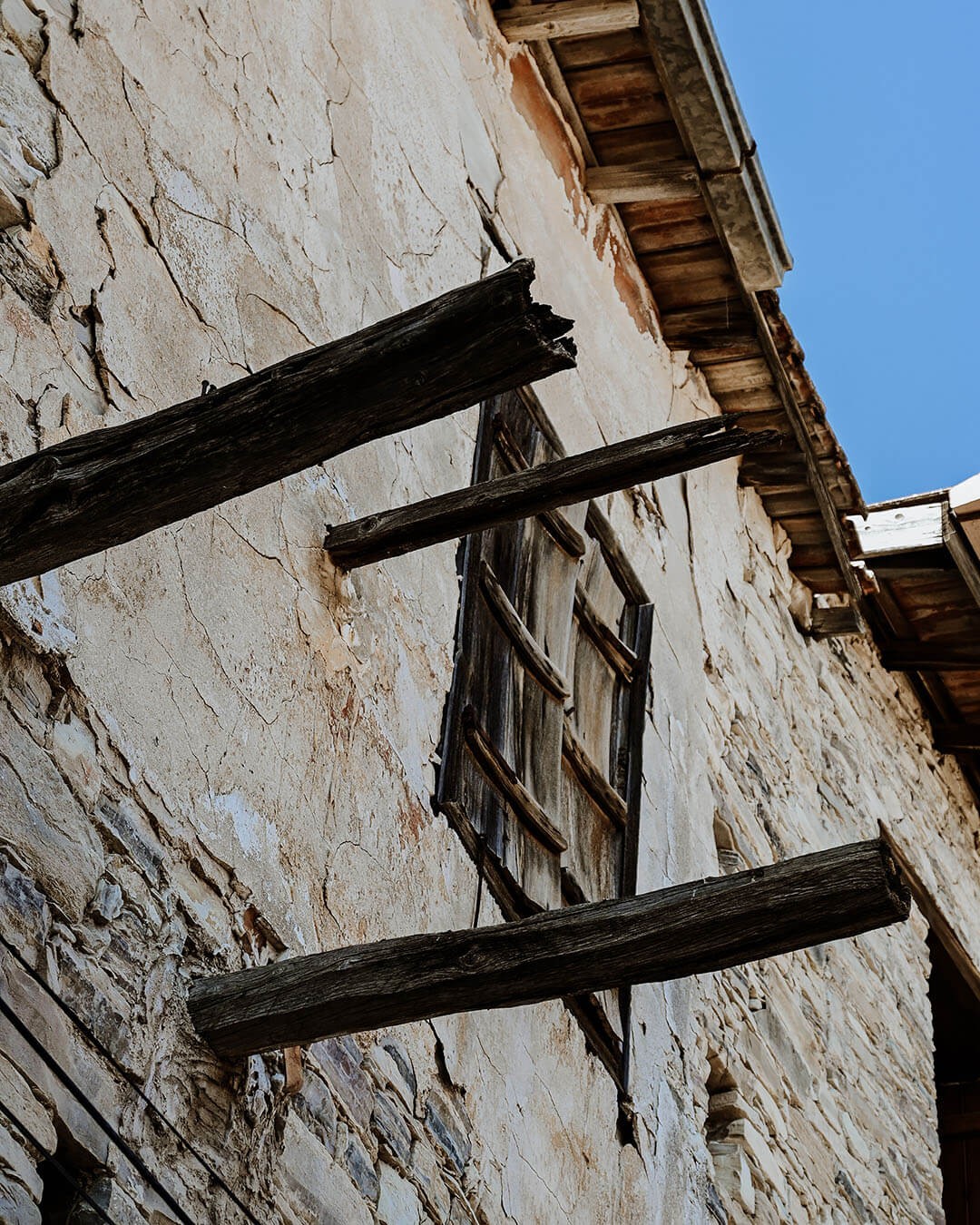Lánia
- Limassol
- Village
Lania is a charming village nestled in the Limassol district, situated at the foothills of the Troodos mountains and to the northeast of Kourris valley. The village offers breathtaking views as it is surrounded by a mountainous landscape.
Several versions exist regarding the origin of Lania's name. Local tales recount the arrival of people from Achaea, who settled in the mountains of Cyprus, along with the Greek God Dionysus and his daughter Lana. The hill where they resided was supposedly named "Lania" in honor of the God's daughter. Another explanation associates the village's name with the shrike bird, known as "Lanius" or "lanios" ("λάνιος") in Greek, and the female "lania" ("λάνια"). A third version suggests that Lania was named after the oak tree and its fruits, commonly found in the area, with the name possibly deriving from the words "valanithkia" ("βαλανίδκια") or "valania" ("βαλάνια"), referring to "acorns" in the local dialect.
Walking through the narrow, cobblestone streets flanked by traditional stone-built houses adorned with colorful flowers and greenery, Lania exudes a captivating charm. An old water fountain, once the primary water source for the village's residents, greets visitors at the village entrance. The old olive mill and wine press, formerly used in the production of Commandaria wine, offer glimpses into the typical village life of Cyprus. Noteworthy among the village's churches are the one dedicated to Panagia Eleousa (Virgin of Tenderness) and another situated atop the hill, named after the area, Panagia Valanas (Virgin Mary of Valanas).
Throughout the centuries, Lania has been closely associated with wine production. During the French Lusignan era, monasteries were built in the region, including the fief of Valana, where Lania stands today. The area witnessed significant wine production, garnering fame across the island. Today, Lania is one of the 14 villages comprising the Commandaria wine route. Local vineyards primarily cultivate indigenous grape varieties, Mavro (red) and Xynisteri (white), both key components in Commandaria production. The village's connection to Commandaria is further evident in the local Commandaria Storage Museum, which showcases tools used in the production of the legendary wine, along with "pitharia" ("πιθάρια"), large clay pots used for wine storage.
Whether strolling through the village streets, visiting the churches and museum, or savoring local wine in one of the area's wineries, Lania remains a village well worth exploring.
Other locations
All locationsAes Ambelis Winery
Nicosia | Winery
Southwest of Nicosia, on the slopes of Kalo Chorio village, is situated Aes Ambelis winery. Offering a vast wine variety promotes the winemaking potential of...
Eléa Estate Golf Club
Paphos | Golf club
Eléa Estate Golf Club is a challenging par 71, 18-hole golf course in Paphos district, established in 2010. With its strategic design and major additions pla...
Archaeological Site of Amathus
Limassol | Point of interest
Located just outside the city of Limassol, the Archaeological Site of Amathus is one of the oldest settlements known to Cyprus and it is definitely a destina...



